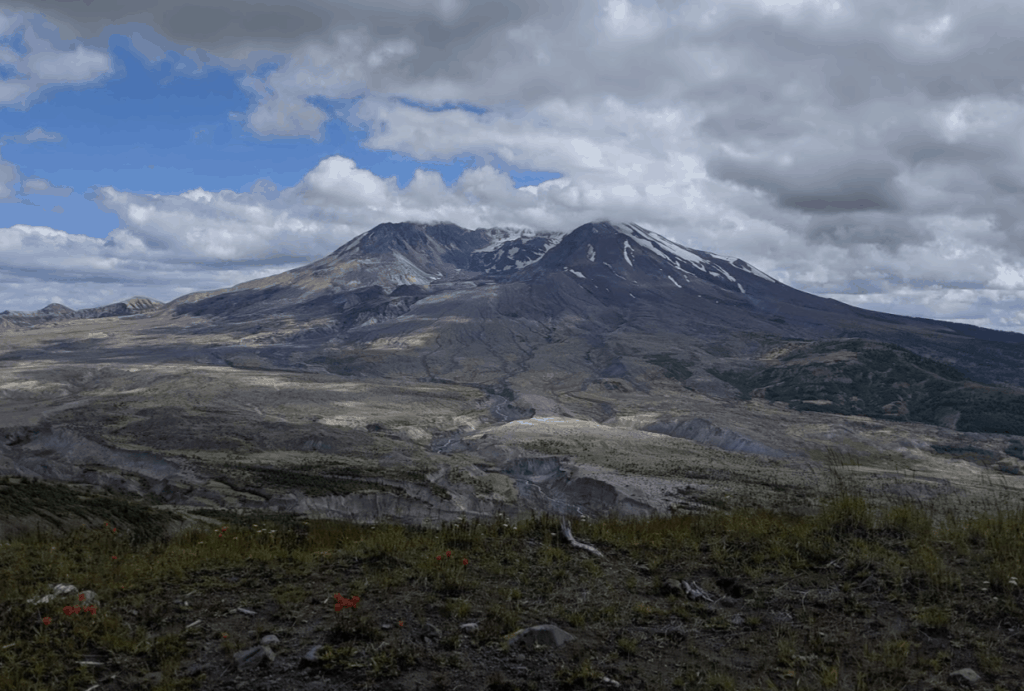
Next May will be the 40th Anniversary of the Mount St. Helens Eruption which occurred on May 18th, 1980. At the time geologists knew very little about volcanoes or the possibility of a lateral blast… it killed 57 people, most in areas outside the restricted zone. It is the most devastating eruption to occur in U.S. History. There have been many volcanic eruptions, but this one happened in an area near modern western civilization so it was well studied and documented.
We got to meet Paul Taylor over at the Mount St. Helens Creation Center and he took us on several excursions.
If I wrote about everything we did there this post would be too long, so here are the highlights.
East Side Excursion

The green trees have all grown since the volcano. Following the landslide the pyroclastic flow blasted out at speeds up to 670 mph, knocking down 230 square miles of trees. But the tree above was far enough away it wasn’t knocked down. It was just killed from the heat.
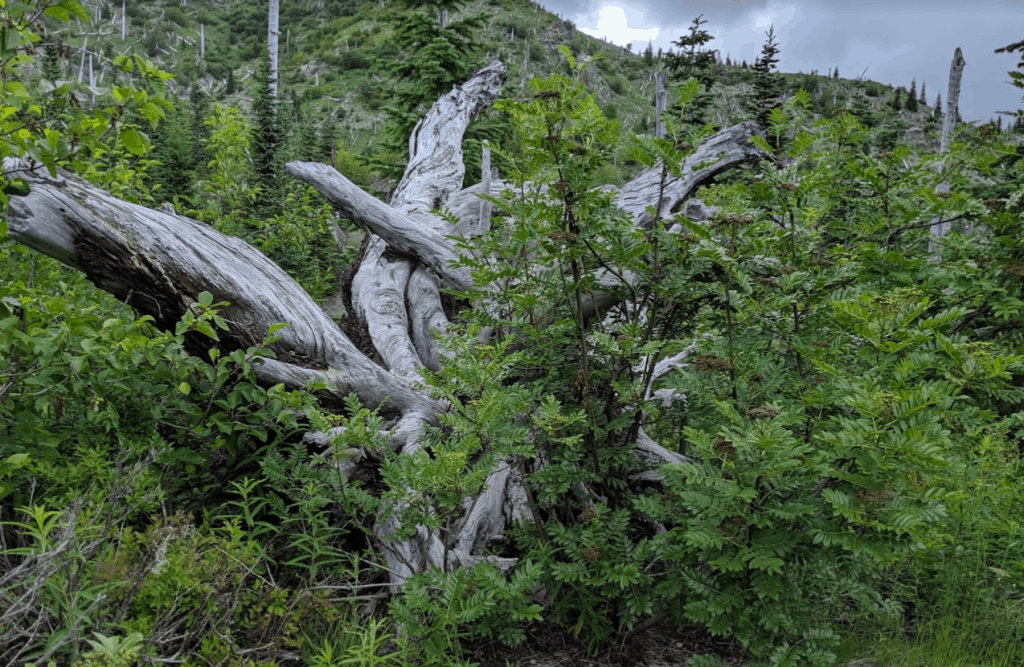
All over the place… and I mean everywhere we can see trees with rootballs uprooted and torn from their roots having been knocked over by the blast. We saw miles and miles of devastation like this. One photo doesn’t do it justice.
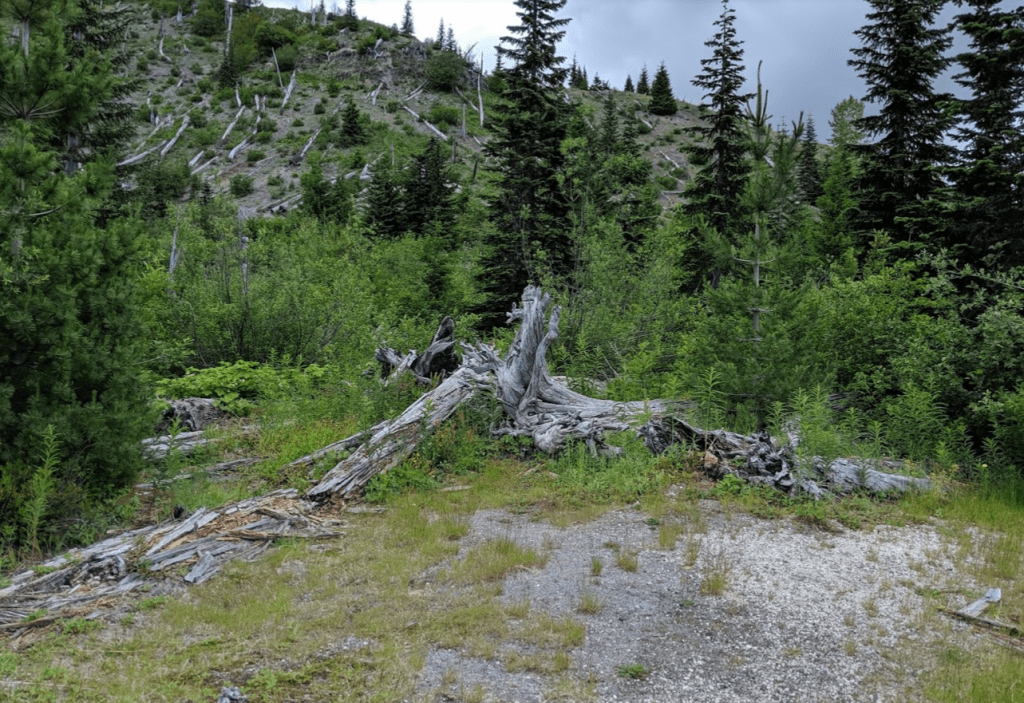
In the picture below as I was looking at this from a distance I thought there was ice on the right-side of the lake. But looking through my binoculars it’s not ice! Those are logs! We took a hike to take a closer look…

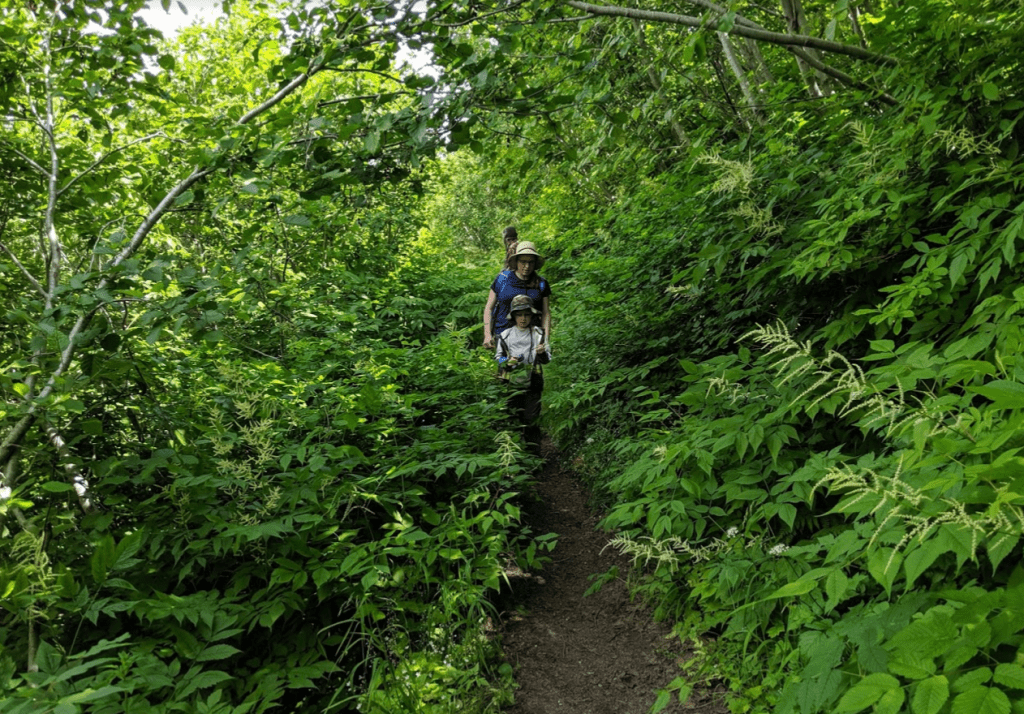
Hiking down to Spirit Lake

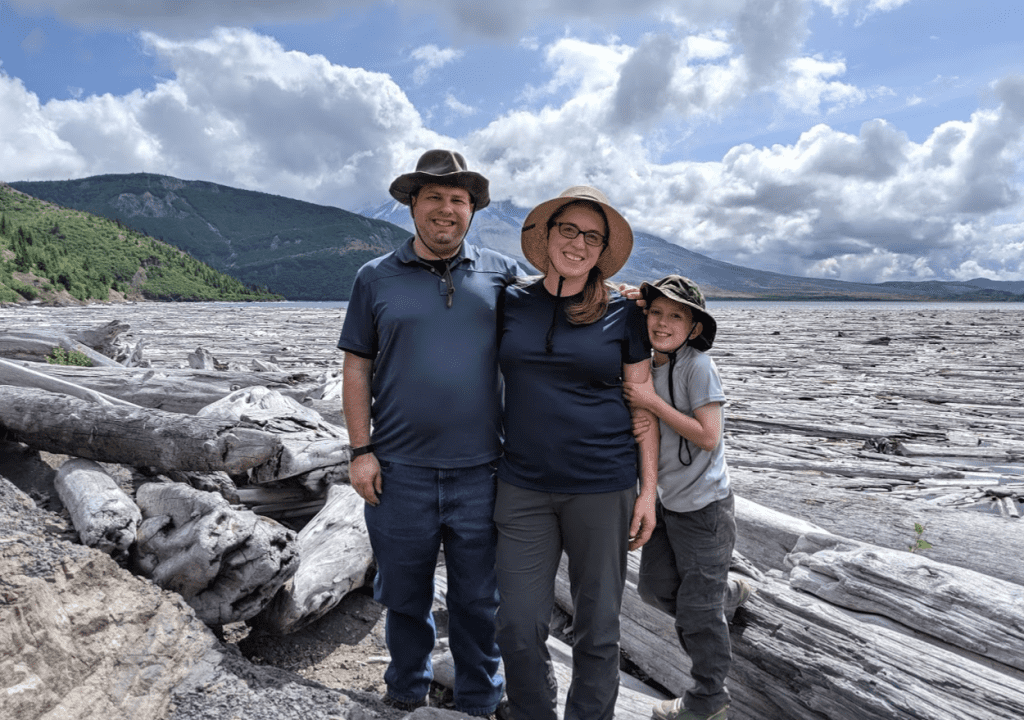
The landslide off Mount St. Helens rushed into Spirit Lake at 110+ mph sloshing the water out of Spirit Lake onto a hill with thousands of trees. …which had just been sheared or uprooted many with root ball intact by the initial blast of superheated volcano ash and gas seconds earlier. The landslide rose the lake level by 200ft, then the water returned to the lake taking an avalanche of logs with it. These logs I took a photo of have been floating on the lake for nearly 40 years.
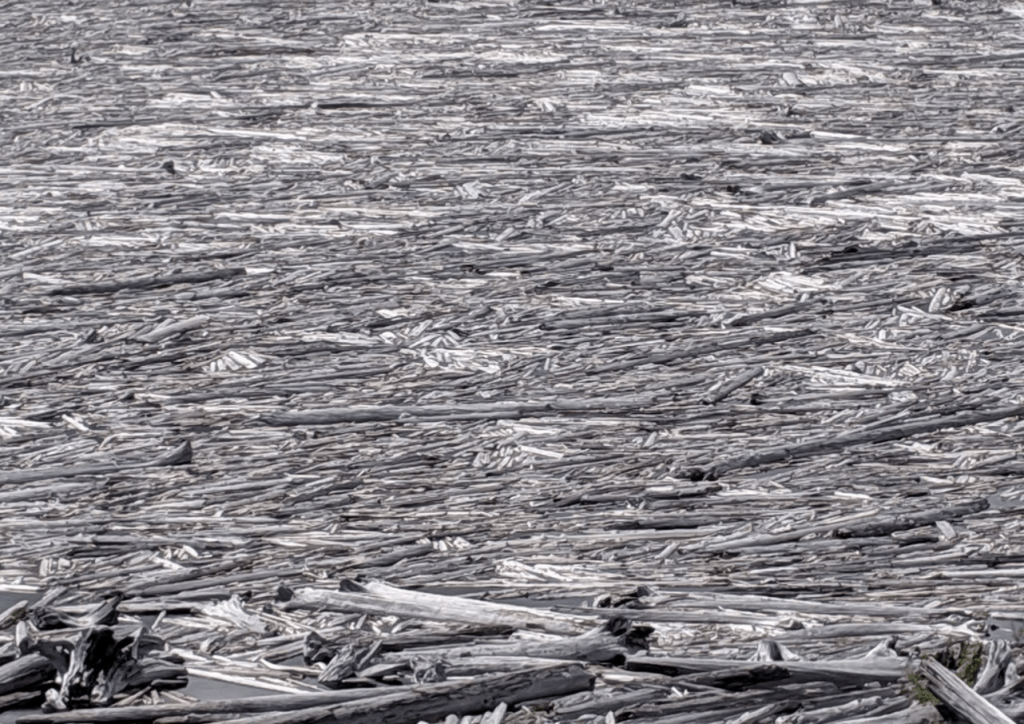
Sonar and divers confirm that many of the logs have sunk and are in various positions at the bottom of Spirit Lake. Since logs sunk at different times they are buried in various layers of sediment.. and they’re spread out all over the lake as if they were a forest. All of this from one event nearly 40 years ago. You’ll notice that this looks very similar to the Yellowstone Petrified Forest where trees are found in different layers of sediment, often with the root ball attached but no roots.
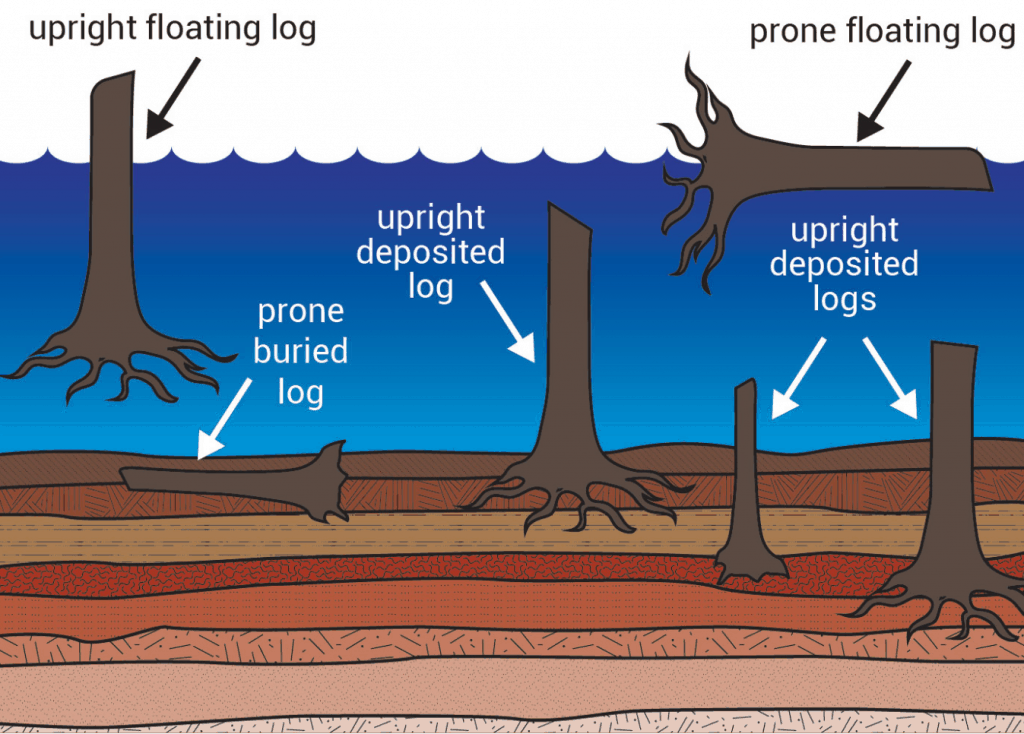
What’s happening in Spirit Lake doesn’t fit the evolutionary narrative of millions of years. This Yellowstone Park article https://www.yellowstonepark.com/things-to-do/yellowstones-petrified-forest still claims that trees found in multiple layers indicate forests over different time periods over tens of thousands of years …and of course it all happened 50 million years ago. The evidence doesn’t bear this out. We know the petrified forest doesn’t need 50 million years to form. We know it can happen very quickly …because we are seeing how it happened today!
Mount St. Helens Creation Center
If you’re in the Mount St. Helens area, you should stop by the Mount St. Helens Creation Center in Castle Rock, WA. There you may find biblical creationist Paul Taylor who is more than happy to answer questions about a variety of topics. There’s a video presentation area where talks are given, comfy chairs and a couch to sit in, complimentary coffee, a few book displays featuring his books as well as other creationists, some free brochures, and a number of exhibits and displays. We were only there an hour in total but could have easily spent half the day there. The center was quite busy before Paul had to shut it down for the excursions.
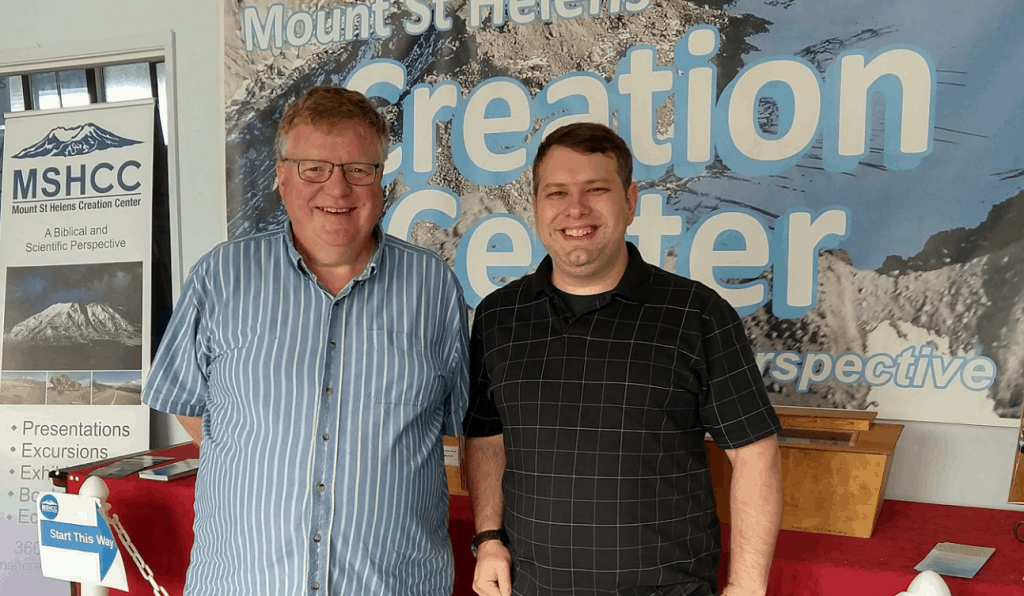
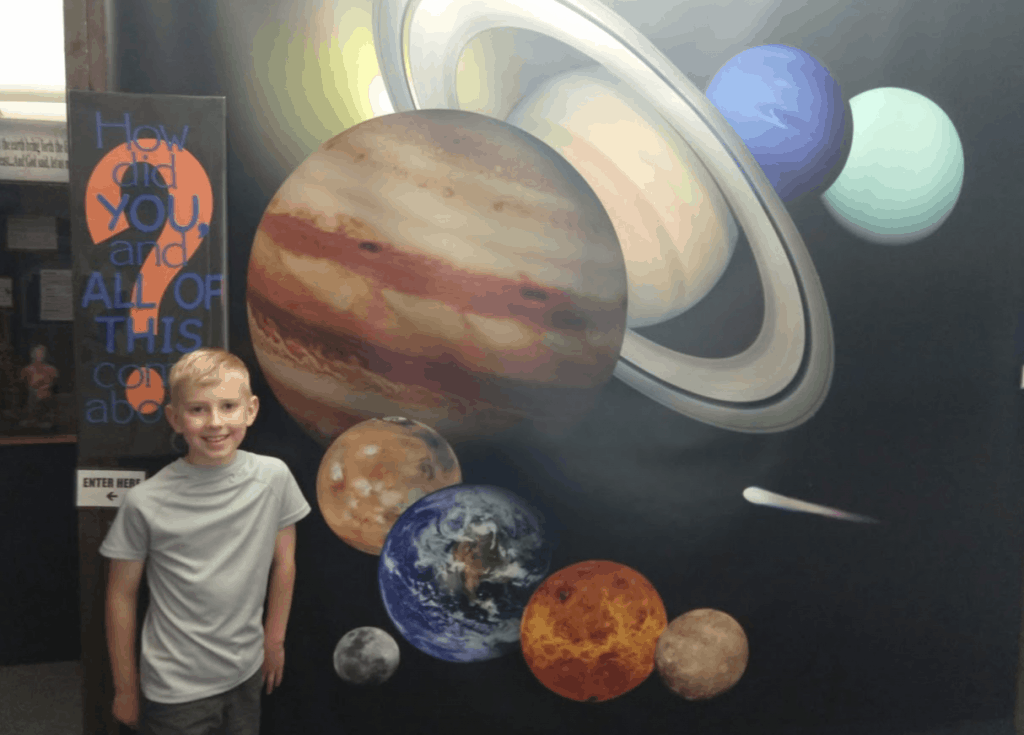
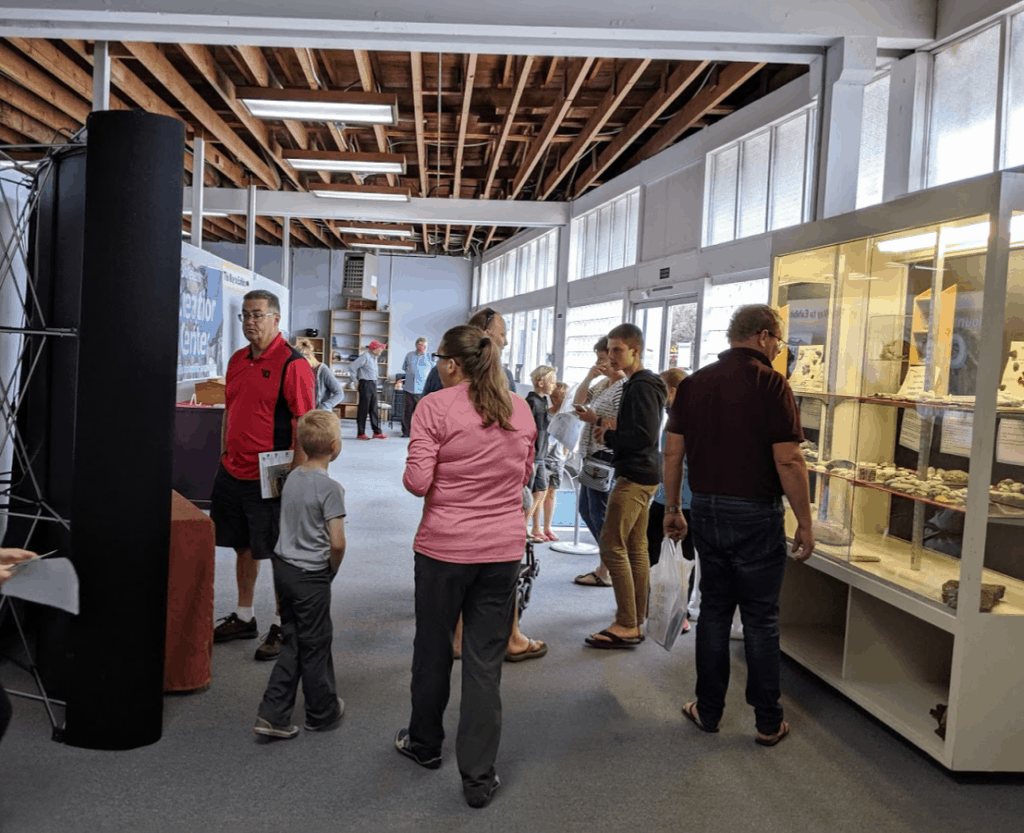
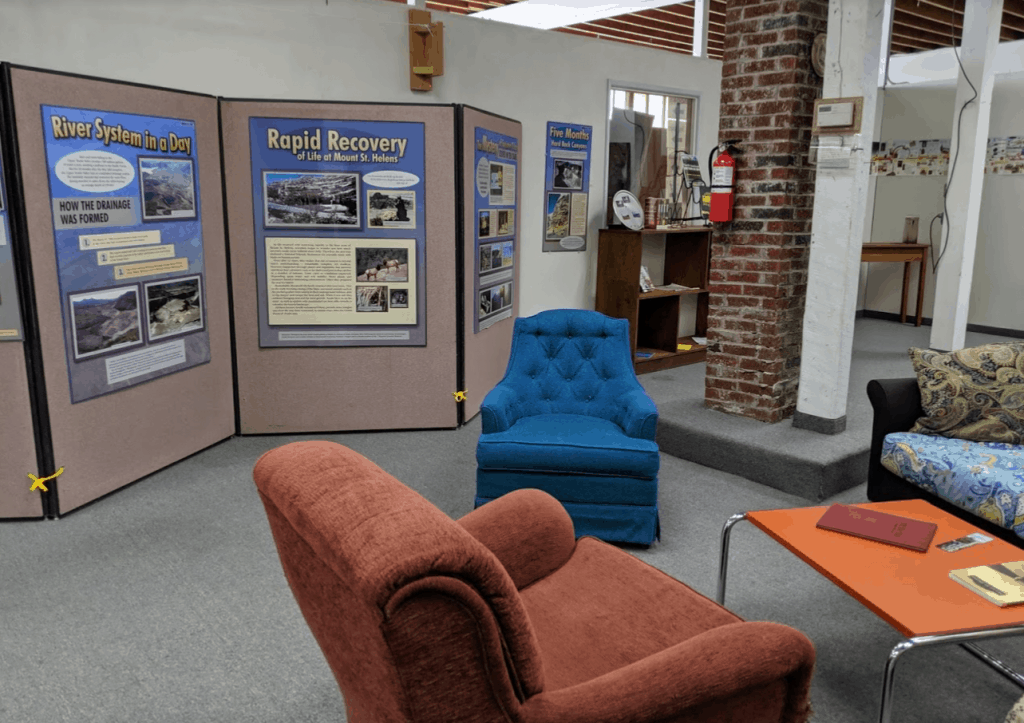
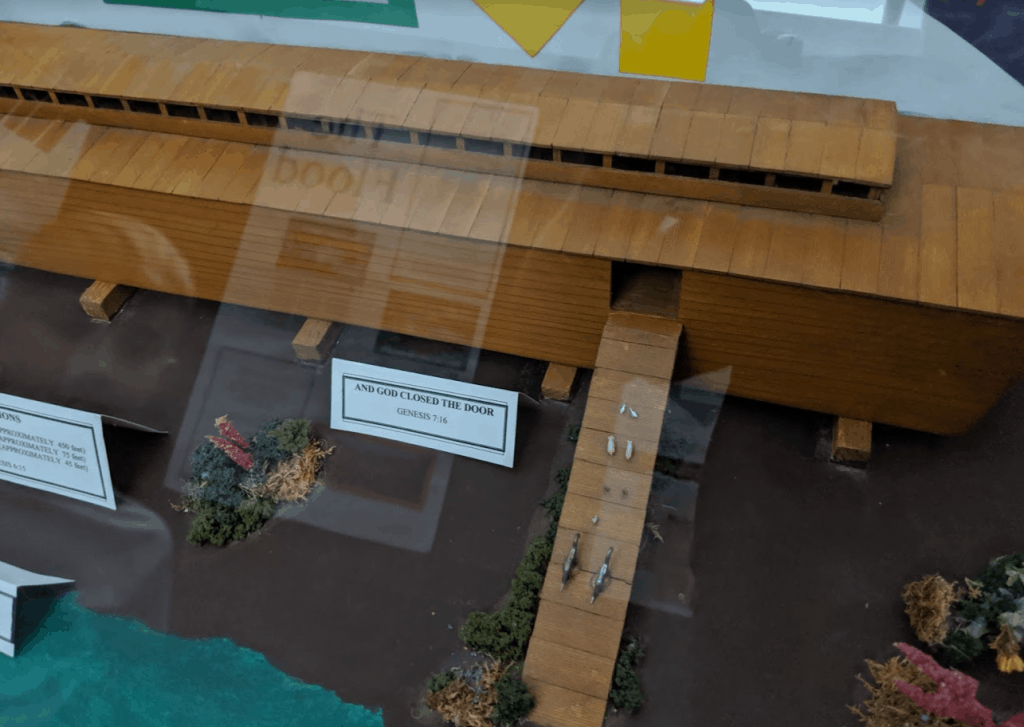
Lava Tubes
Between Excursion days we explored the Ape Cave and Lava Tubes

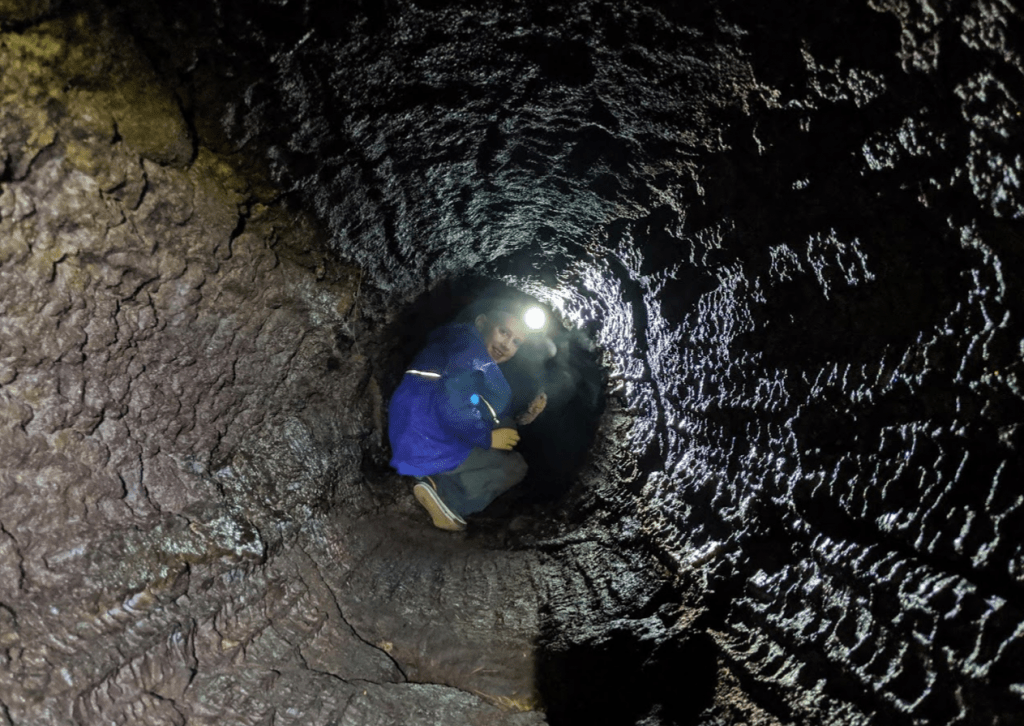

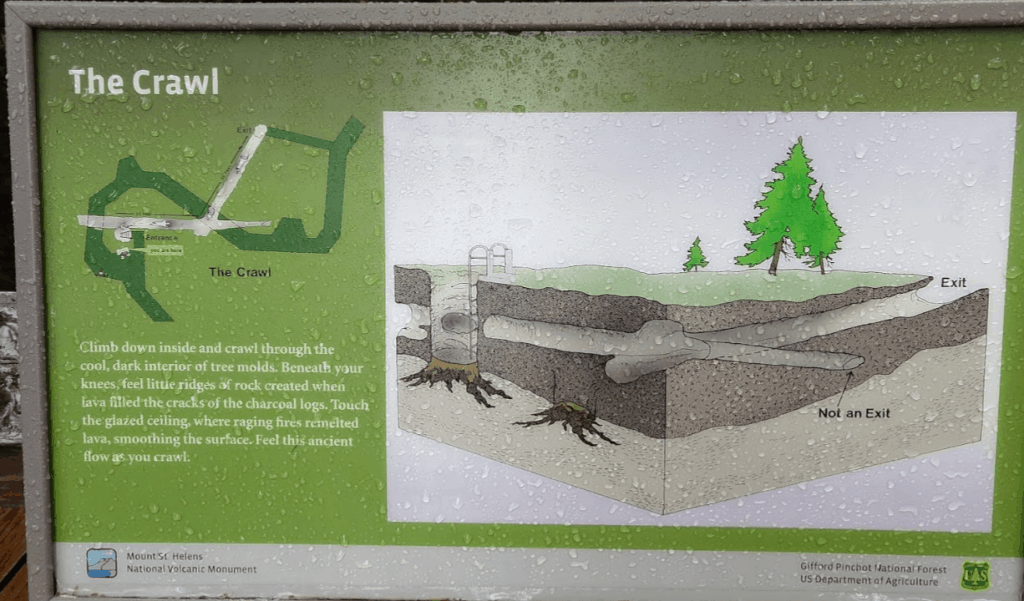
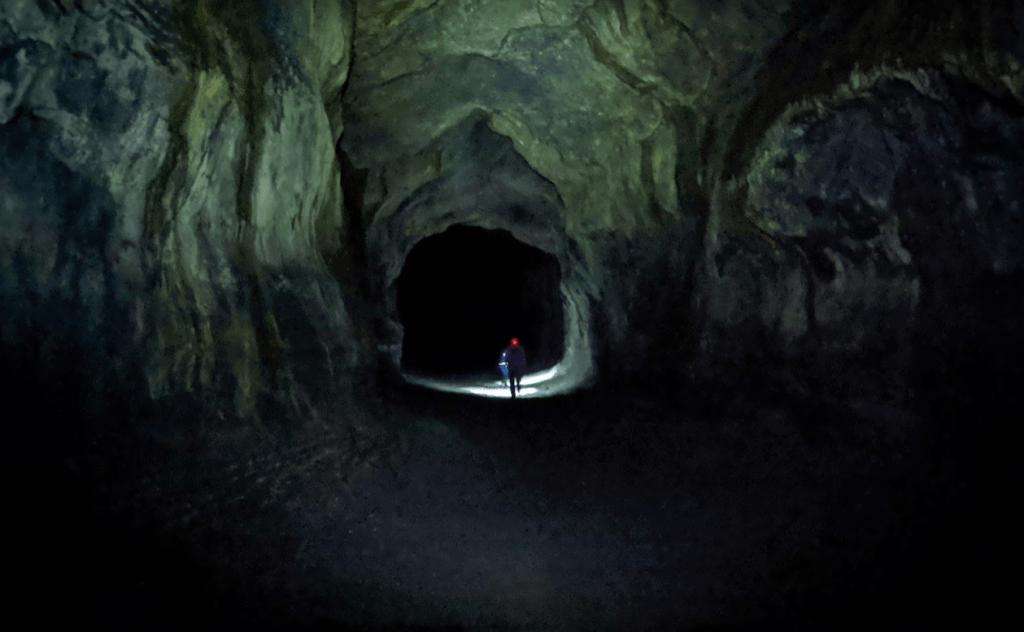
West Side Excursion
This is the most popular excursion.
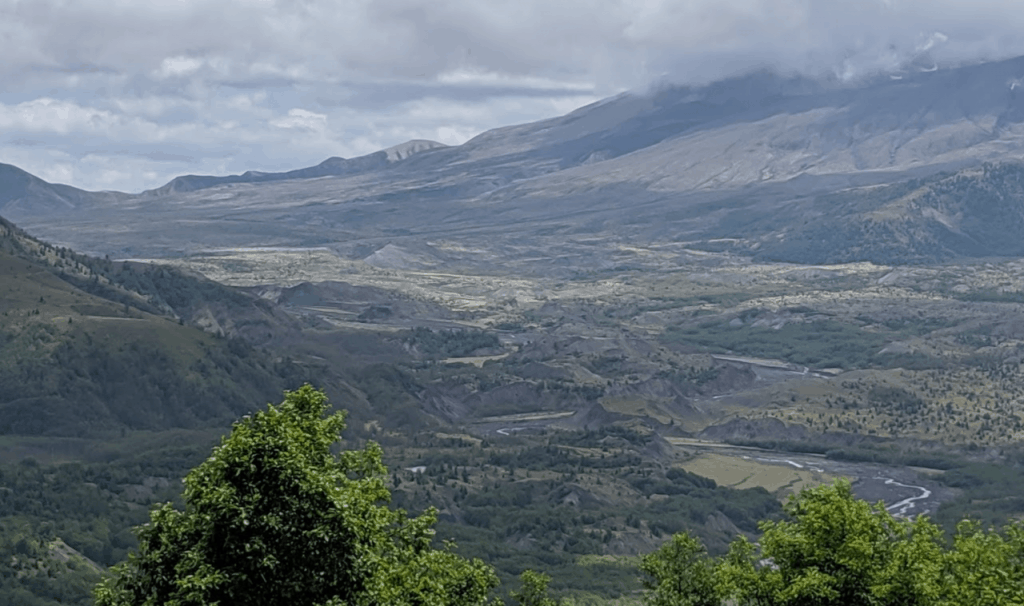
This area is a national monument so there is no reforesting or replanting by humans, everything you see is a completely natural which shows how quickly plants recover. A lot of mud flowed through here.
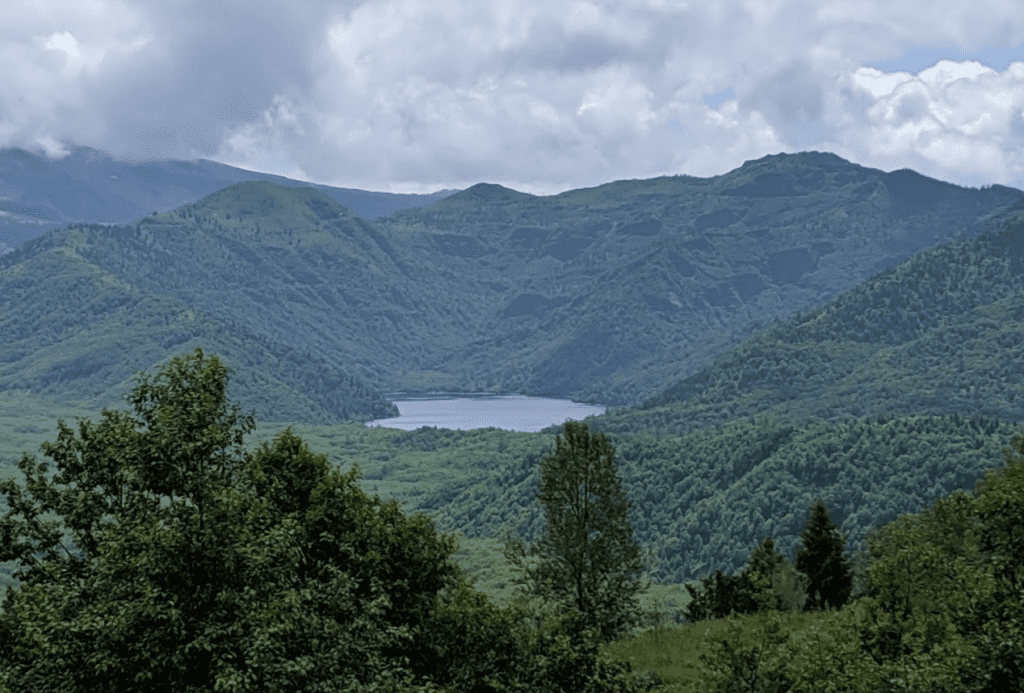
Castle Lake didn’t exists before 1980… it was created by the eruption.
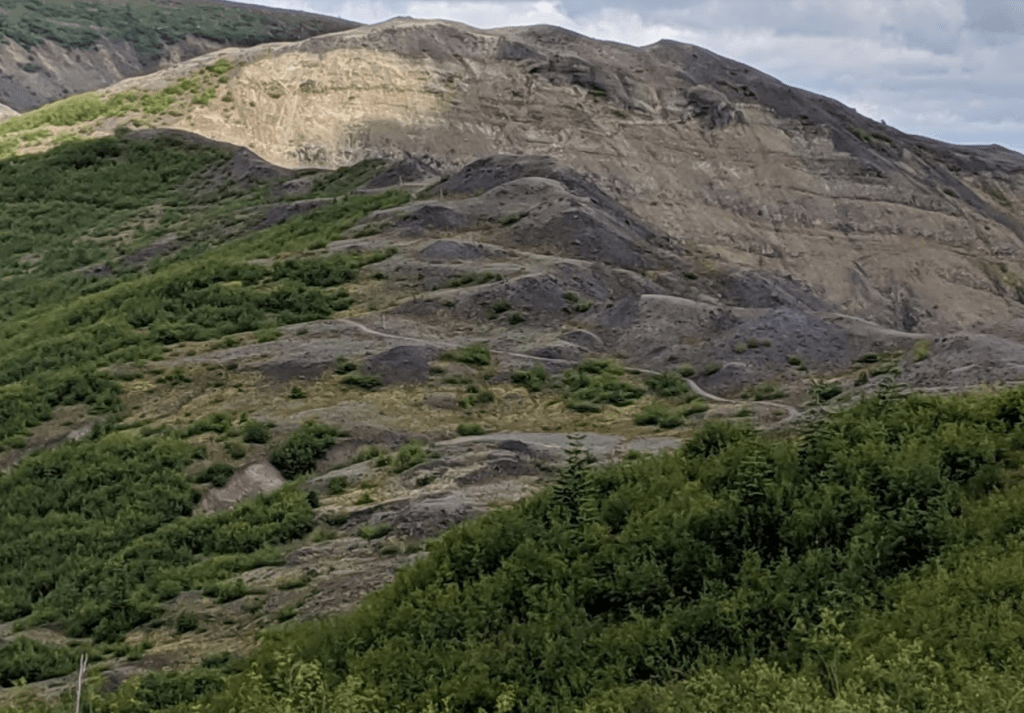
The landslide that was traveling so fast and far it crested this ridge (the smaller hills are from the landslide). We are walking on the Johnston ridge in this photo near the observatory about 5 miles from the volcano.
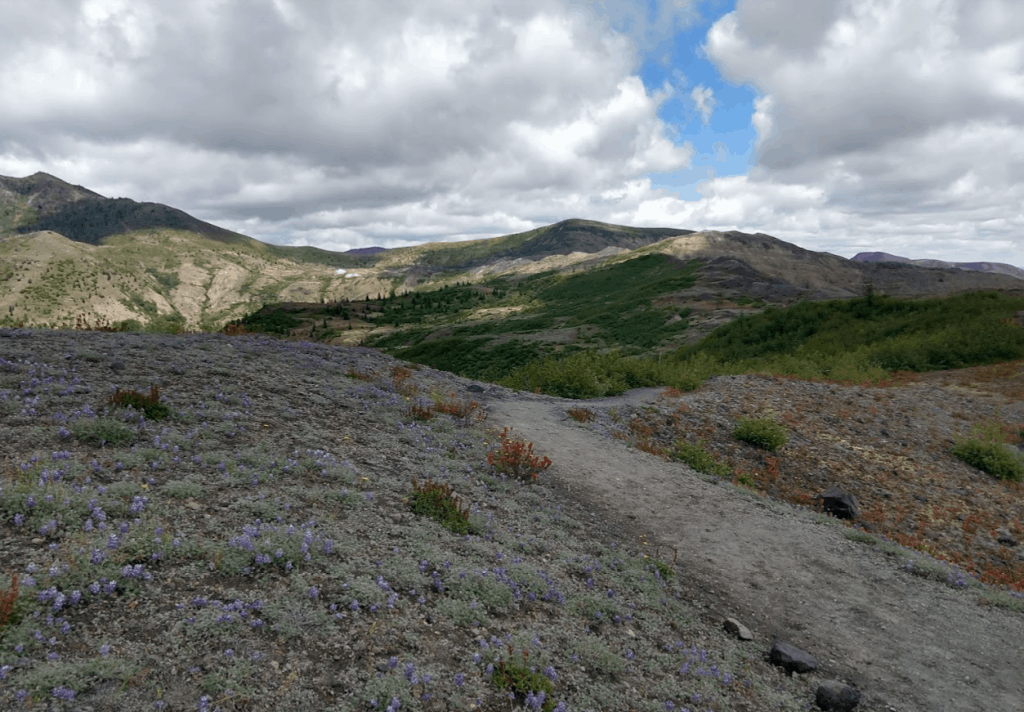
Lupine is important to help the area recover, this flower helps other plants grow in volcanic areas by taking nitrogen out of the air and then sharing it with other plants through roots.
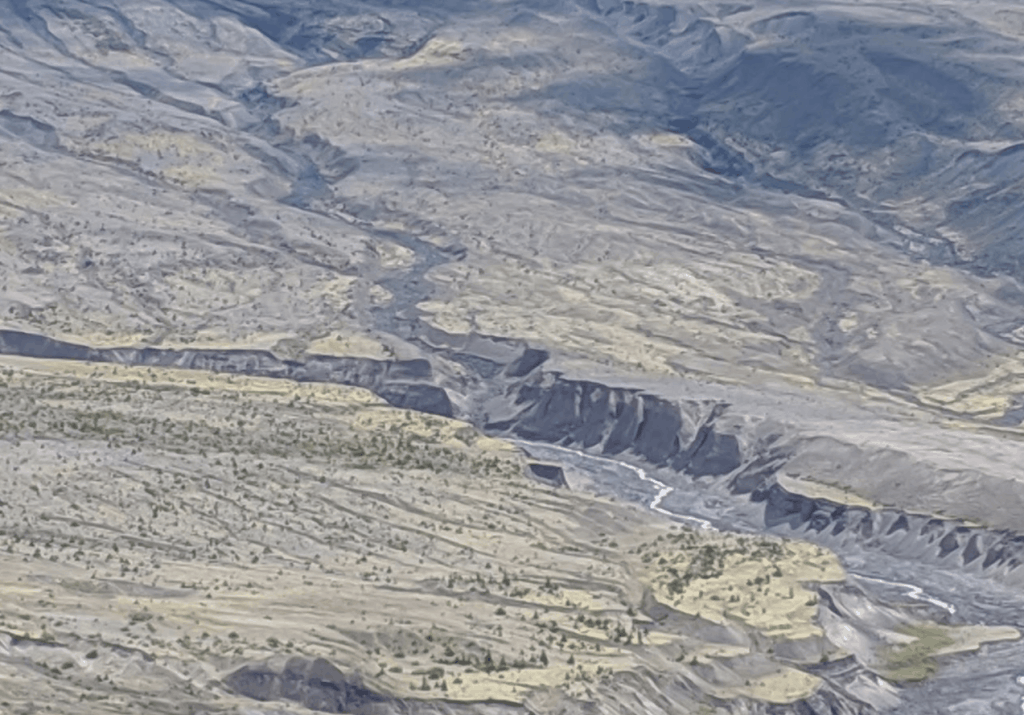
For as long as I can remember secular scientists have claimed layers of rock such as you see in the Grand Canyon must have formed over millions of years. This is not observational science, but an assumption made to fit the evolutionary narrative. From the Johnston Ridge with a pair of binoculars I can see the layers. If nobody where there to observe the Mount St. Helens evolutionary scientists today would say the rock layers here took millions of years to form just like they say the Grand Canyon did. But for Mount St. Helens we where there to observe it so we know how old these layers are. 25 feet of organized matter was laid down by the volcano in a very short time. How long did it take to form these 200 (conservatively) layers? 3 hours.
Even today, secular scientists will still defend a millions of years timeline for the grand canyon. E.g. https://geology.com/articles/age-of-the-grand-canyon.shtml When I was at the Johnston Observatory I didn’t see any displays or comments discussing the rapid formation of these layers. It’s one of the most fascinating features here but the only display you’ll find on it is at the Creation Center.

Paul Taylor Conference at Kootenai Church May 2020
Paul Taylor is coming to speak at Kootenai Community Church in May of 2020 (which coincides with the 40th Year Anniversary of the eruption). If you’re up in North Idaho it will be well worth your time to attend. I expect registration for the conference will open up sometime in 2020 so watch the main website for registration if you’re interested (you can also leave a comment saying you’re interested and I’ll email you when registration opens).
If you’re interested in the Excursions contact the Mount St. Helens Creation Center to book one: https://mshcreationcenter.org/visit/excursions/
Final Thoughts
One person that was on the excursion with us was there right before it happened and actually had taken pictures months before the eruption. It was also neat to talk to some of the locals who witnessed the event and how it personally impacted them. I even talked to some people in North Idaho who remember a strange cloud interrupting a sunny day and covering the area with ash. It’s fascinating to listen to all their stories.
This was a great trip, fun for our family and a good learning experience. It was also enjoyable because I didn’t check work email the entire time (I did take my laptop just in case and my coworkers knew they could text or call for anything critical). They didn’t have to contact me once (thanks for everyone who worked hard to make that happen).
During the excursion Paul reminded us that 2 Peter 3 tells us in the last days that scoffers will deny two events: Creation and the Flood.
For they deliberately overlook this fact,
that the heavens existed long ago,
and the earth was formed out of water
and through water by the word of God,
and that by means of these the world that then existed
was deluged with water and perished.
2 Peter 3:5-6
You’ll notice from 2 Peter 3 that overlooking Creation and the Flood isn’t a result of ignorance. It is deliberate. It is not that there isn’t compelling evidence. Evidence is staring the evolutionary scientist in the face. Observational science won’t change them because they already know the truth and suppress it. Rather, it is an issue of lack of belief in Jesus Christ. So while the evidence found at Mount St. Helens has value and confirms the position of biblical creationists, evidence is not what we base our beliefs on. Rather, we base our beliefs on God’s Word. Evidence is not the means that will transform an unbeliever into a believer. Rather God has chosen to use the power of the gospel for that task.
Sounds like you had a great time. It sounds like I was in your neighborhood a couple of months ago. My wife and I were visiting a friend in Coure d’Alene and visited the Hayden Bible Fellowship. Made a few trips around the area hunting waterfalls to photograph. Beautiful area!
Thanks for this write up pointing out the problems of non-observable “science”.